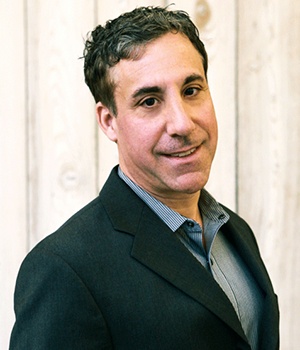
At Tapp Green, we understand the pivotal role government agencies play in accelerating society's shift towards renewable energy and sustainability.
The recent passage of transformative legislation like the Bipartisan Infrastructure Law (BIL) and Inflation Reduction Act (IRA) has provided agencies with unprecedented resources to promote clean energy initiatives. However, inciting such profound behavioral change requires moving beyond conventional marketing tactics combining behavioral science-based messaging with marketing automation and omnichannel communications.
This is where the integration of behavioral science principles becomes game-changing. By leveraging insights into the cognitive biases, heuristics, and social influences that shape human decision-making, agencies can craft potent "nudges" that motivate widespread and lasting adoption of renewable energy solutions.
Behavioral science examines the psychological factors underlying our behaviors and choices. It reveals how influences like social norms, emotional drivers, present bias, and hassle factors guide our actions. Applying behavioral insights allows the design of strategic nudges that activate these core human drivers in a targeted manner.
This makes behavioral science extremely powerful for driving sustainable behavior change. Rather than just informing, nudges tap into what truly motivates people at a deeper level.
Leverages choice architecture to make sustainable choices cognitively easier defaults
Well-suited for promoting simple energy-saving habits like turning off lights can boost adoption of basic residential initiatives like LED lightbulb upgrades.
To maximize behavioral models' impact, agencies need an omnichannel approach surrounding audiences with coordinated nudges across channels:
In this new era of unprecedented renewable energy funding, an omnichannel approach supercharged by behavioral science can be a powerful catalyst for government agencies. By combining a deep understanding of human behavior with cutting-edge martech capabilities, they can forge an emotional connection that inspires audiences to become vested stakeholders striving for a sustainable future.
Fast-Track Your Strategy Now
In green tech, standing out and driving impact quickly is crucial. That's why we've crafted the Tapp Green Blueprint Session—45 minutes of focused, strategic planning designed to elevate your marketing efforts instantly.
Get the essence of strategic marketing distilled into a power-packed session. No fluff, just the actionable insights you need to start making a difference.
Book your session and get ready to transform your green tech marketing today. Let's make it happen!
Dive into "The Green Tech Marketing Playbook" and unlock proven strategies tailored to the renewable energy sector – download your FREE copy now!

Joe DiGiovanni, a purpose-driven entrepreneur with a background in behavioral science and marketing technology, co-founded Tapp Network, driving digital transformation for government agencies, Fortune 100 brands, and communities seeking to scale social impact through innovation.